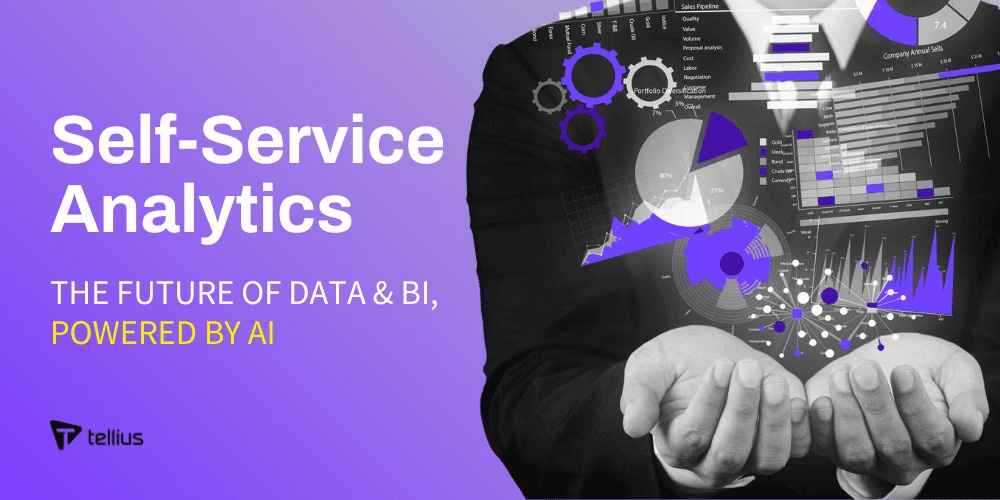In today's data-driven world, the ability to extract valuable insights from data is crucial for businesses to stay competitive and make informed decisions. Self-service analytics has emerged as a powerful solution, empowering users to explore and analyze data without heavy reliance on IT or data specialists.
What is Self-Service Analytics?
Self-service analytics refers to the practice of enabling users to access and analyze data independently, without the need for technical expertise or assistance from IT teams. It puts the power of data analysis directly into the hands of business users, allowing them to explore data, create visualizations, and generate reports to support decision-making processes.
The Benefits of Self-Service Analytics
Faster Insights: With self-service analytics, users can access real-time data and perform ad-hoc analysis on their schedule, speeding up the decision-making process.
Empowerment: By democratizing data access, self-service analytics empowers users across the organization to make data-driven decisions, fostering a culture of innovation and accountability.
Cost Savings: Reducing the dependency on IT for data analysis tasks can lead to cost savings and increased efficiency, as users can handle routine analysis tasks independently.
Flexibility: Self-service analytics tools offer flexibility in data exploration and visualization, allowing users to tailor analysis to their specific needs and preferences.
Self-Service Analytics Tools and Techniques
Data Preparation:
Before diving into analysis, it's essential to ensure data quality and cleanliness. Self-service analytics tools often include features for data cleansing, transformation, and integration, making it easier for users to work with disparate data sources.

Data Exploration:
Once data is prepared, users can begin exploring it to uncover patterns, trends, and relationships. Interactive visualization tools allow for intuitive exploration, enabling users to drill down into data and gain deeper insights.
Dashboard Creation:
Dashboards are a powerful way to visualize key metrics and KPIs in a concise and easy-to-understand format. Self service analytics tools typically offer drag-and-drop dashboard builders, allowing users to create customized dashboards without coding skills.
Predictive Analytics:
Some advanced self-service analytics tools incorporate predictive modeling capabilities, enabling users to forecast future trends and outcomes based on historical data. This empowers users to make proactive decisions and anticipate changes in their business environment.
Collaboration and Sharing:
Collaboration features allow users to share insights and collaborate on analysis projects with colleagues. Whether through shared dashboards or collaborative workspaces, these features facilitate knowledge-sharing and decision-making across teams.
Self-service analytics represents a paradigm shift in how organizations approach data analysis, empowering business users to unlock insights and drive informed decision-making. By leveraging intuitive tools and techniques, users can explore data, create visualizations, and generate reports with ease. Whether you're a data novice or a seasoned analyst, self-service analytics offers a pathway to harness the power of data and gain a competitive edge in today's fast-paced business environment.


No comments yet